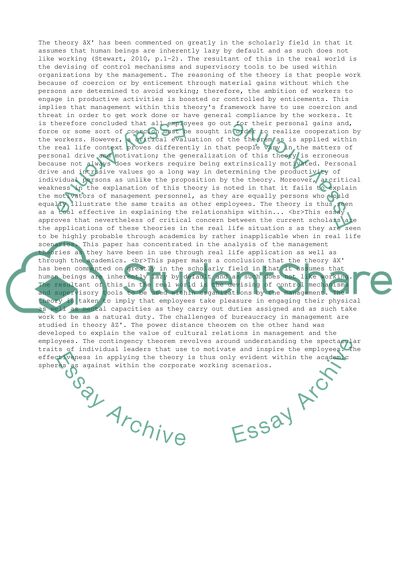Cite this document
(“The Reald World of Management Assignment Example | Topics and Well Written Essays - 3250 words”, n.d.)
The Reald World of Management Assignment Example | Topics and Well Written Essays - 3250 words. Retrieved from https://studentshare.org/management/1481215-the-reald-world-of-management
The Reald World of Management Assignment Example | Topics and Well Written Essays - 3250 words. Retrieved from https://studentshare.org/management/1481215-the-reald-world-of-management
(The Reald World of Management Assignment Example | Topics and Well Written Essays - 3250 Words)
The Reald World of Management Assignment Example | Topics and Well Written Essays - 3250 Words. https://studentshare.org/management/1481215-the-reald-world-of-management.
The Reald World of Management Assignment Example | Topics and Well Written Essays - 3250 Words. https://studentshare.org/management/1481215-the-reald-world-of-management.
“The Reald World of Management Assignment Example | Topics and Well Written Essays - 3250 Words”, n.d. https://studentshare.org/management/1481215-the-reald-world-of-management.


